Must Disaster Fashion Photoshoots be Disastrous?
by Tove Hermanson on Feb 13, 2013 • 8:19 am 5 CommentsI’m frankly bored by a lot of blogosphere outrage about insensitive fashion magazine spreads, Photoshopping (see my thoughts on this here), etc., but recent Huffington Post article Vogue’s Hurricane Sandy Spread: Crossing The Line? sparked my interest in spite of its typically incendiary headline.
Shot by Annie Leibovitz, the “Storm Troupers” shoot from February’s Vogue depicts various storm first responders (ConEd employees, NYPD and FDNY, etc.) who worked “feverishly in the wake of Hurricane Sandy to restore power to a disaster-slammed New York”, alongside supermodels like Karlie Kloss, Joan Smalls, Chanel Iman, and Kasia Struss who are conspicuously sporting couture evening gowns (“New York’s other finest” Vogue punned) while posing in typical statuesque poses that distract from the people supposedly being commended. Backlash against the shoot has been fierce and immediate.
Slate ponderd wryly, “Is this what happens when Anna Wintour feels emotion?” Kottke.org witheringly wrote,”I guess they were going for inappropriate & provocative but hit inappropriate & idiotic instead?” And Jessica Misener of the Huffington Post wrote,
“The spread surely feels incongruous. If a fashion magazine wanted to honor Sandy’s heroes in an editorial, then we’d prefer to see, say, Smalls and Muse wearing military fatigues and pitching in with food delivery. Or, what if Vogue had given some of the first responders — like the nurses who transported babies from a powerless NYU hospital — the glam treatment and let THEM wear the Rodarte? Instead, a photo shoot intended to celebrate Sandy’s heroes ends up paying tribute to the same pouty models — and high-fashion ideals — that does every other issue of Vogue.”
Jenna Sauers wrote on Jezebel that Vogue‘s shoot was “tone-deaf,” and points out that though photo journalism (as opposed to strict fashion spreads) may seem incongruous with Vogue‘s content, in fact Vogue commissioned Lee Miller’s documentary photos of post-WWII Europe. Compare the above Vogue photos about natural disaster to these Vogue photos about war disaster:
A lot of fashion bloggers (ironically mostly people other than me) seem to love to get righteous about fashion shoots: the photos are either too self-referential, abstract and artsy, or they’re lambasted — as with this editorial — for actually referencing the current events of the outside world — recent tragedies, racial, gender, or size stereotypes– and are therefore presumed to be making light of said important / sensitive issues. Fashion just can’t get a break. It’s either deemed too devoid of content or too commercial to take seriously, or it’s controversial because it makes a statement that is presumed to be making light of the topic it seeks to address. In the online audio of “Storm Troupers,” Vogue Senior Editor Corey Seymour explains, “the goal was to shine attention on the people who had helped bring the city through the hurricane.” I think even critics can agree this is a worthy focus, but why did it fail, and how could the execution have been tweaked to convey the intended praise of those first responders?
I like the idea that first responders could have been the models, though this might have been tricky as the NYPD and FDNY uniforms demarcate the space and situation as much as the backdrops. I would suggest real people displaced by Sandy could have posed in their donated clothes, and I would even allow, though certainly not demand, professional styling to make the shoot visually cohesive and fashion-y. Or what about selecting clothes that celebrate a make-do element, reusing, reclaiming, and reworking, like many of Martin Margiela‘s creations? Some of my favorite ideas include…
…a jacket made of discarded gloves and a coat made of a blanket:
…or Desigual’s Fall/Winter 2009 collection of patched clothes:
…or clothes that embody a destroyed element, like Peter Pilotto‘s dress or Viktor & Rolf‘s chainsawed vintage gowns:
I know “homeless chic” has been controversial as well, but wearing ill-fitting / asymmetrical / ragged clothes that look donated would be interesting and even appropriate for a fashion editorial like this. The designers I mentioned are thinking about natural and man-made disasters, life and mortality cycles, deterioration and rebirth (and there are many others I didn’t mention). Some people find offense in these designs too, condemning all deconstructed clothes as tasteless and vulgar, but I feel these critics are asking the wrong questions. They are simplistically outraged that designers are seemingly dressing wealthy fashion consumers in a chic version of a disadvantaged population’s rags, rather than investigating what are these designers saying about disadvantaged populations, life cycles of humans and garments. I don’t believe Margiela, Comme des Garçons, and Viktor & Rolf are trying to make “chic” clothes at all. I think they are challenging beauty standards, construction methods, concepts of functionality, and giving a fairly dismal forecast of human’s aggressive resource consumption by refusing to create anything that could be considered classically “chic.” In other words, I read them as supremely thoughtful; they might not be to your taste, but they’re engaging in a conversation above and beyond pretty fashion.
I don’t exactly view the “Storm Troopers” fashion shoot as an abomination, as some seem to. I feel it was a close miss, in that the method did not successfully compliment the message. Then again, I don’t look to Vogue for earth-shattering, thought-provoking fashion insight. My hope is that this controversy, and others like it, will pave a slow shift in what fashion consumers ask of their fashion publications (and clothes), because as long as people keep buying these pretty-but-vapid publications, Vogue and other glossy fashion rags have no incentive to produce anything more thoughtful than this shoot.

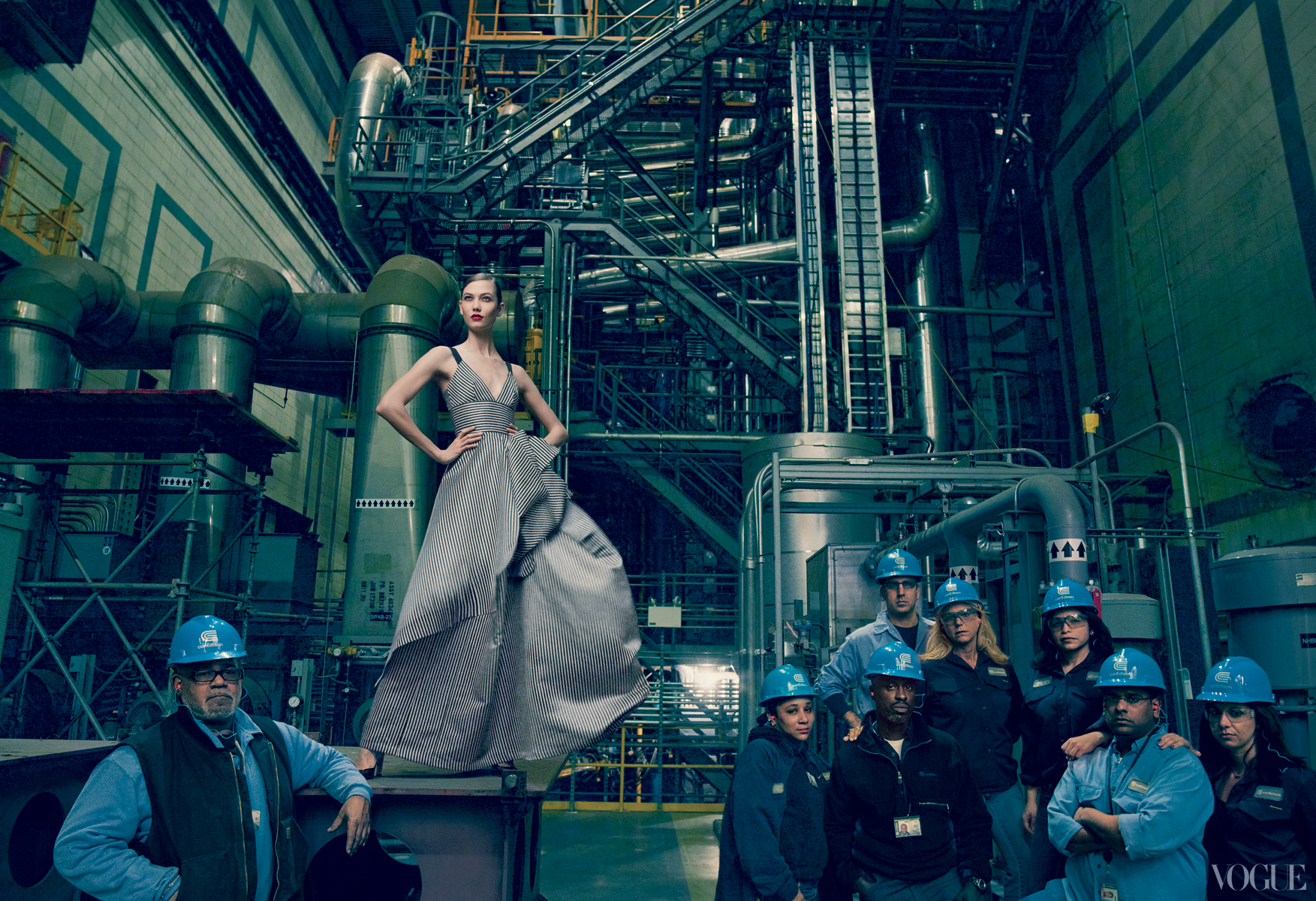
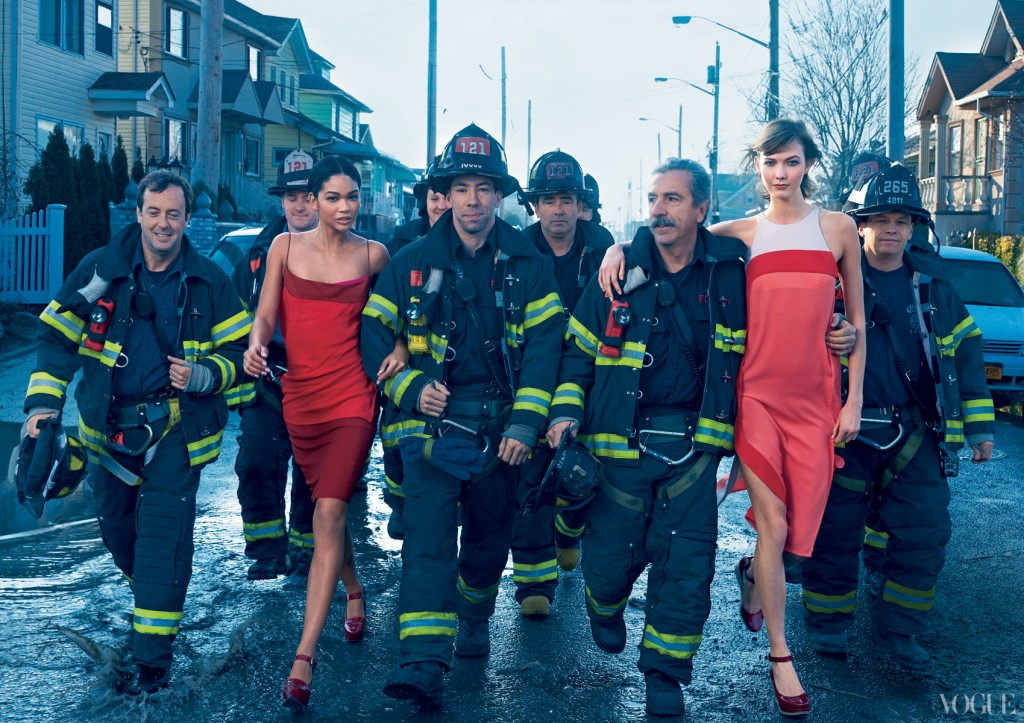
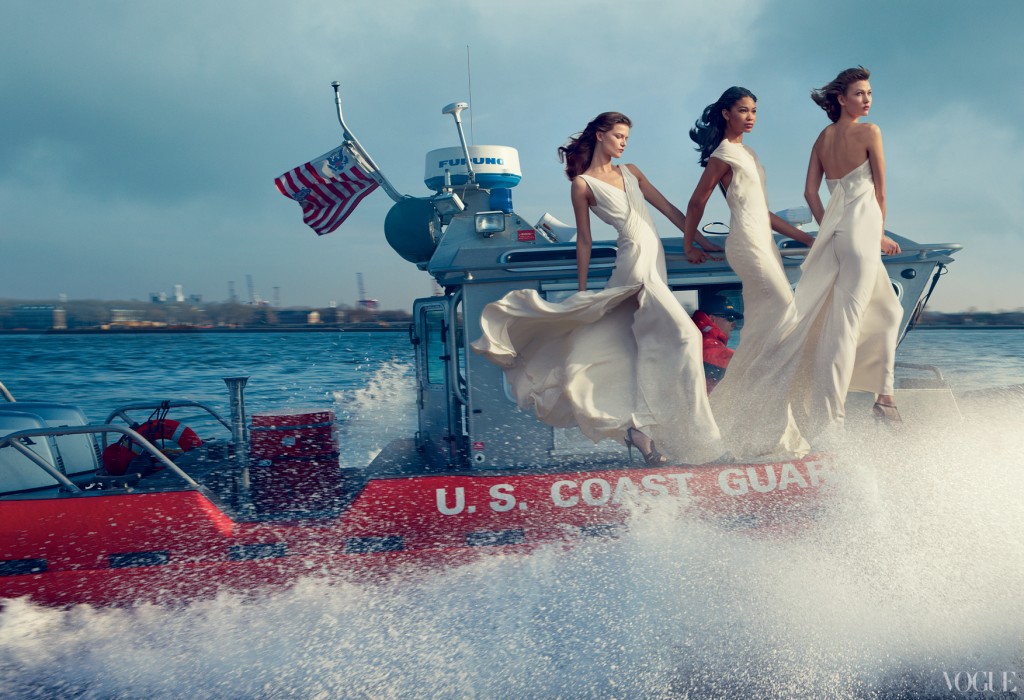
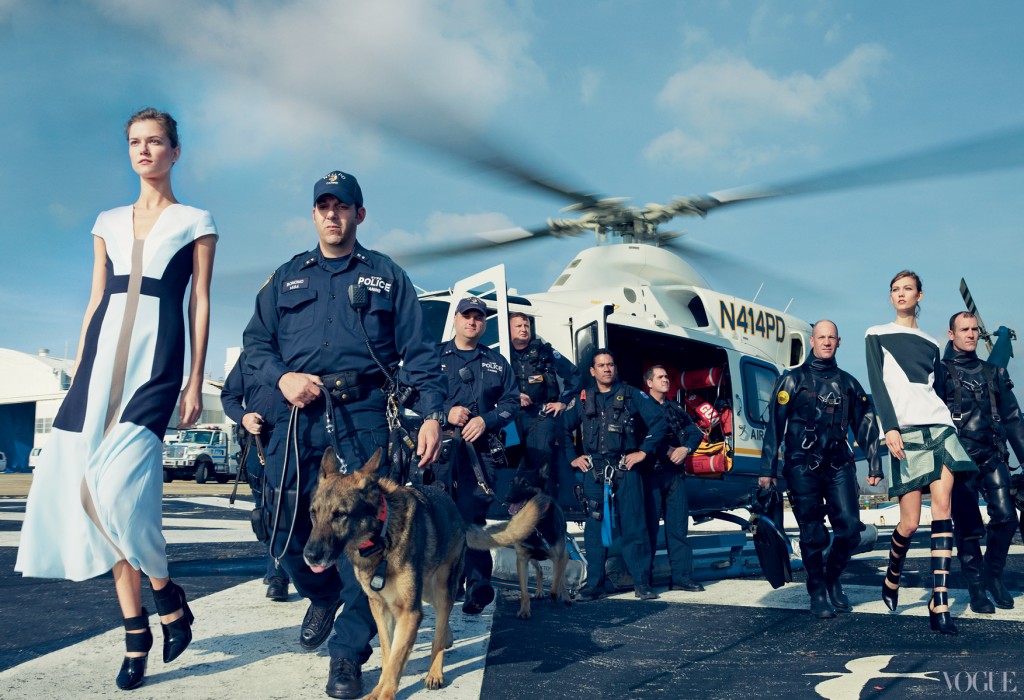
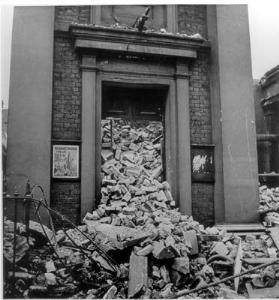
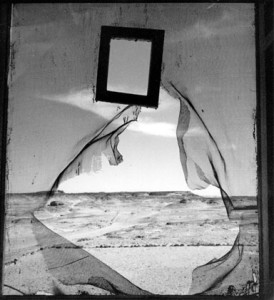
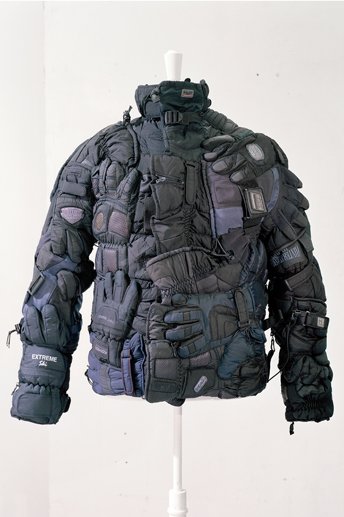
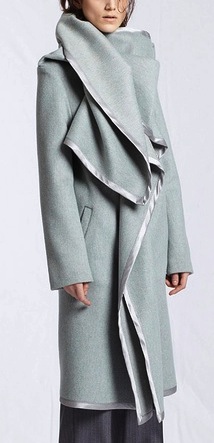
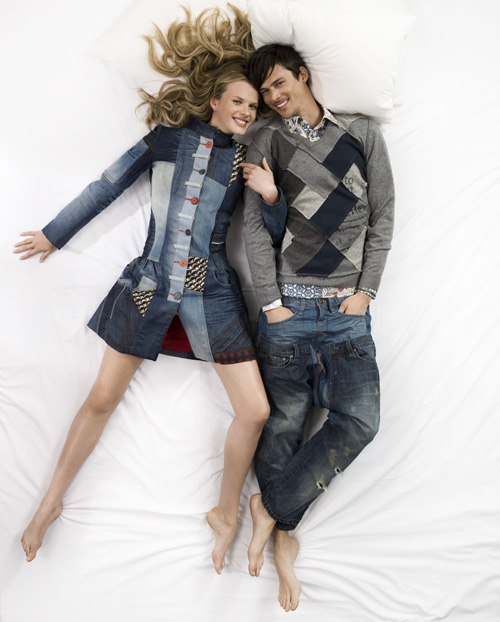
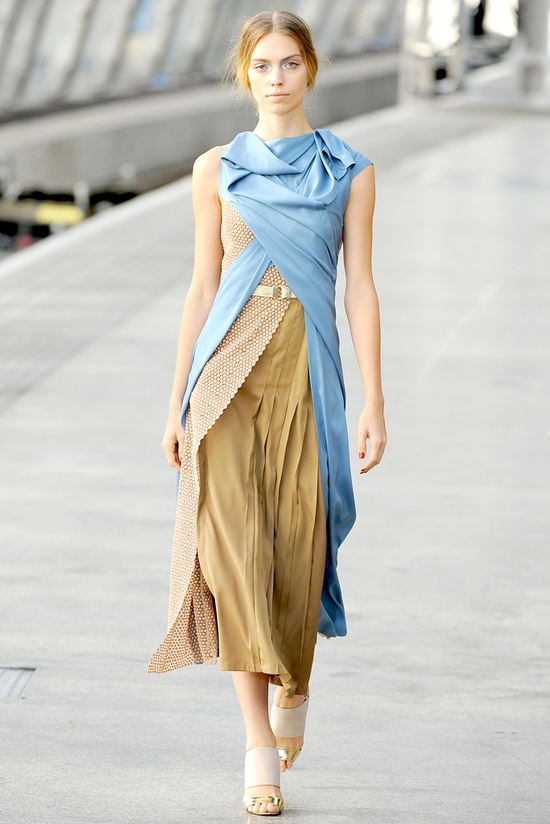
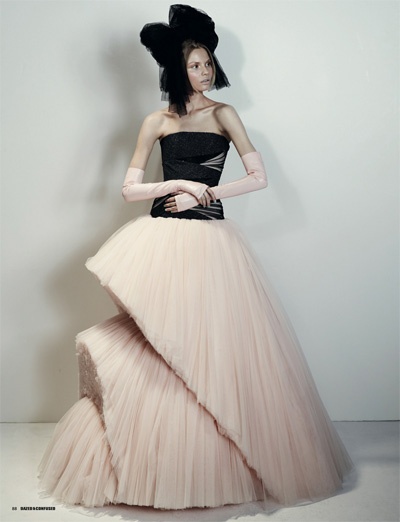
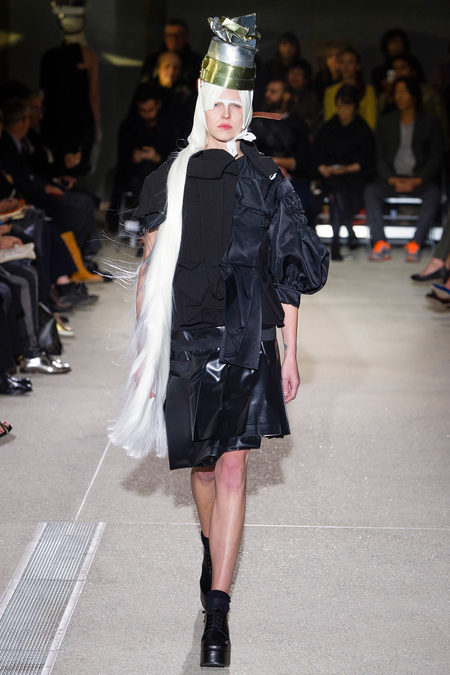
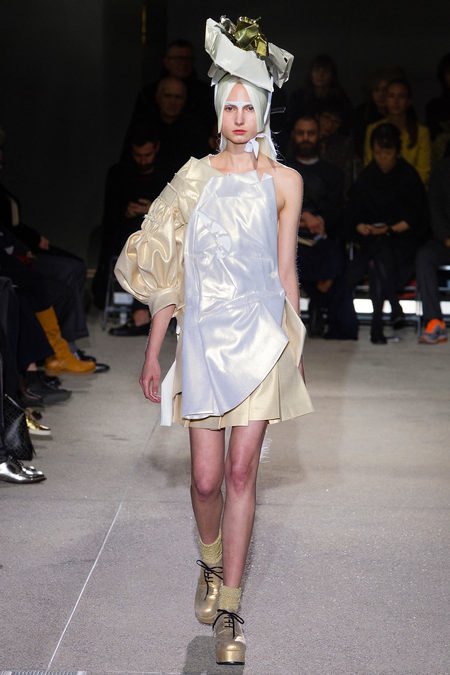
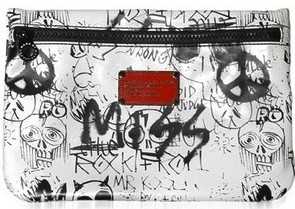
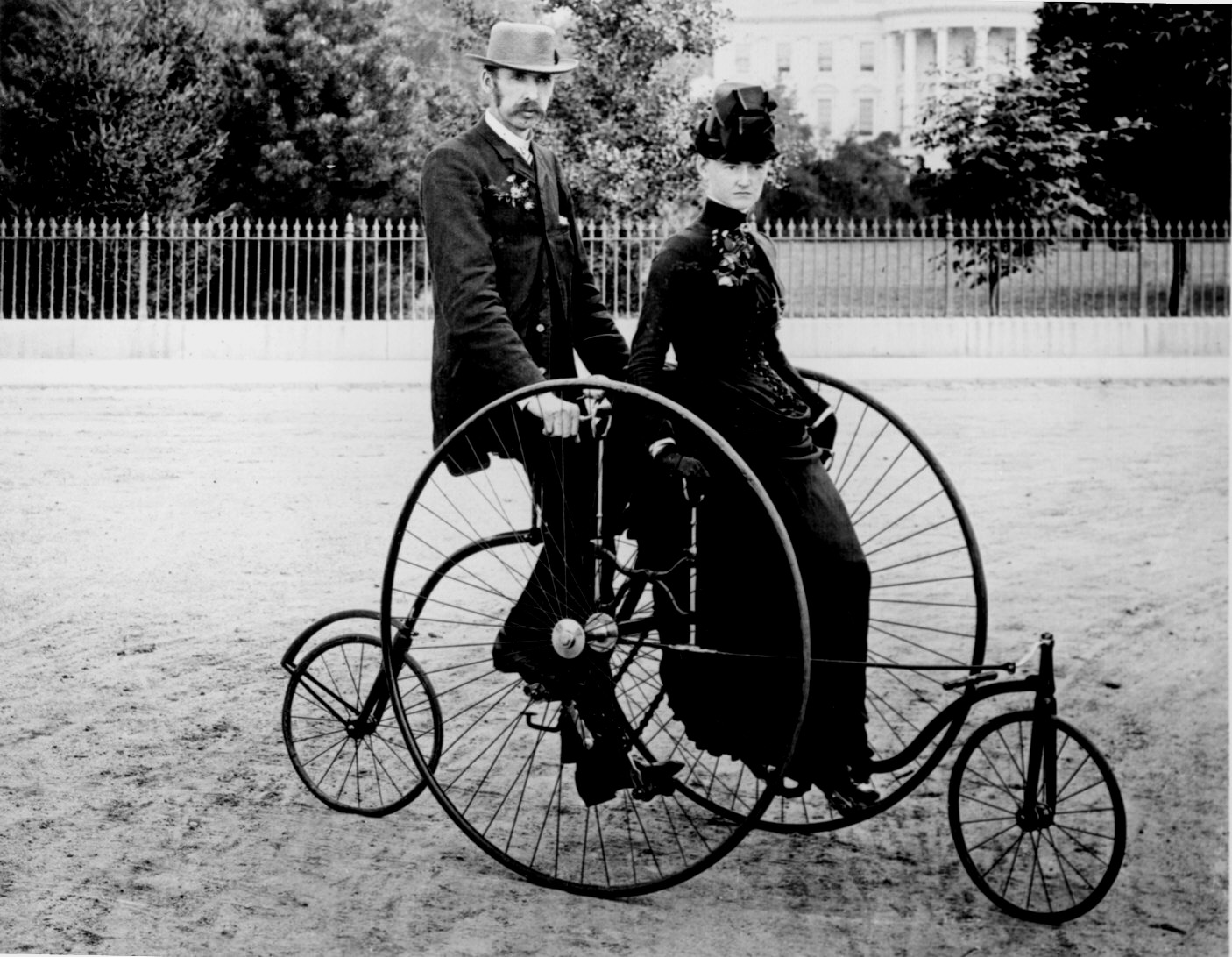
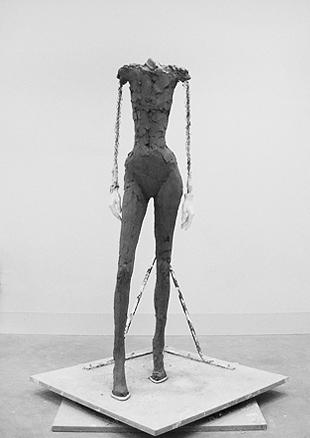
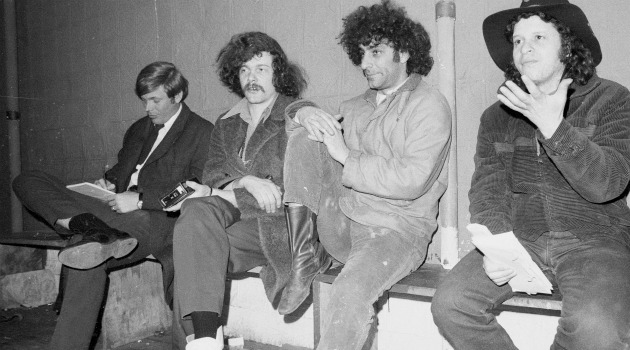

























5 comments
anne says:
Jul 2, 2013
I don’t think fashion and art can be separate. If you see fashion as art it becomes something unique. Why does fashion have to appeal to the masses? Maybe fashion for the masses is something different.
Tove Hermanson says:
Apr 9, 2013
Absolutely, Daniel.
Daniel Milford-Cottam says:
Apr 8, 2013
There are parallels to be drawn with the Cecil Beaton photograph titled “Fashion is Indestructible” too…
Tove Hermanson says:
Feb 16, 2013
I don’t think fashion will ever disentangle itself from its commercial roots– and I disagree that it’s primarily aimed at the privileged (though marketing devices may use images of luxury to sell to lower price-points)– I think this ultimately demonstrates how badly we need more sources that provide thoughtful information / insight about fashion, which are capable of utilizing the language of fashion to engage a reader beyond (but not necessarily excluding) her pocketbook.
Georgia says:
Feb 13, 2013
I think the problem is that as long as fashion remains, in large part, a commercial industry aimed at the privileged it will be nearly impossible to pair it with human suffering in a tasteful way. The Lee Miller photos work because they’re not trying to do that.